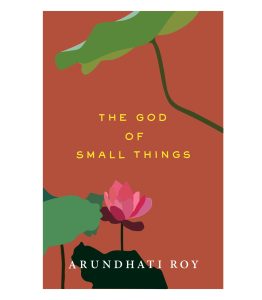Edgar Wright’s “Last Night In Soho” Is in the Shadow of “Baby Driver”
December 1, 2021
Rating: 3/5 Falcons
The first thing to be said about Last Night In Soho is that, like all of its director Edgar Wright’s work, it is visually appealing and well scored. Alternating between scenes of present-day and 1960s London, the film engrosses the audience in its bright set design and clever shot setup. One particular example of these setups is the film’s use of mirrors, which are strategically used to impart the sense of the timeline and character shifts playing a key part in the narrative.
The first time Anya Taylor-Joy appears is in a mirror, as the incongruous reflection of the main character, Eloise (Thomasin McKenzie); platinum-haired Taylor-Joy’s abrupt, flamingo-pink-clad arrival is as shocking and delightful to the audience as it is to Eloise herself.
The soundtrack also plays a key role in Last Night In Soho‘s pleasant viewing experience. Wright is known for his excellent scoring, Baby Driver being a prime example of this, and Last Night in Soho is no exception. The entirety of the film is backed by a delightful array of 1960s-era music, with artists like The Kinks, Dusty Springfield, and the like serenading the audience as they watch the story play out.
Despite these definite highlights, I left the theater with a few qualms regarding Last Night in Soho.
Notably, Taylor-Joy herself sings a few numbers, performing with impressive aptitude and presenting yet another facet of her multi-talented acting capabilities. The song choices and placements themselves are also clever and intentional. Near the end of the film, Sandie Shaw’s classic “(There’s) Always Something There To Remind Me” plays while Eloise loses the ability to discern the 1960s London she’s been seeing in her dreams from her real life. This is a fantastic use of music as storytelling as well as musical irony, the lighter tone of the music gorgeously contrasting against Eloise’s terrifying and inescapable visions.
Despite these definite highlights, I left the theater with a few qualms regarding Last Night in Soho. The most prominent of these was that the film was extremely heavy-handed about its message disparaging the patriarchal and woman-exploiting nature of the entertainment industry.
Wright’s choice of setting for this film is very intentional; London in the 1960s was an epicenter of developing pop culture and therefore of this phenomenon. While it’s indisputable this message is an important one, many of the shots and even some of the dialogue were so on the nose that it felt disingenuous. After I watched the film, I recalled that Ansel Elgort, the star of Baby Driver, had faced sexual assault allegations prior to the release of Last Night In Soho. Although this is all speculation, it seems plausible that Last Night In Soho’s frustrating hyperfocus on the pseudo-feminist elements of its plotline may have something to do with Wright’s desire to distance himself from Elgort and any potential guilt by association, especially considering the complete lack of these same feminist notions in Baby Driver.
As a result, while the movie’s ending is necessarily positive, it feels like dissatisfying treacle tarred by the brush of this disingenuousness. Throughout Last Night in Soho, the main character struggles to escape ghostly memories; it seems Edgar Wright is similarly haunted by his own previous work.
This piece also appears in our November 2021 print edition.











